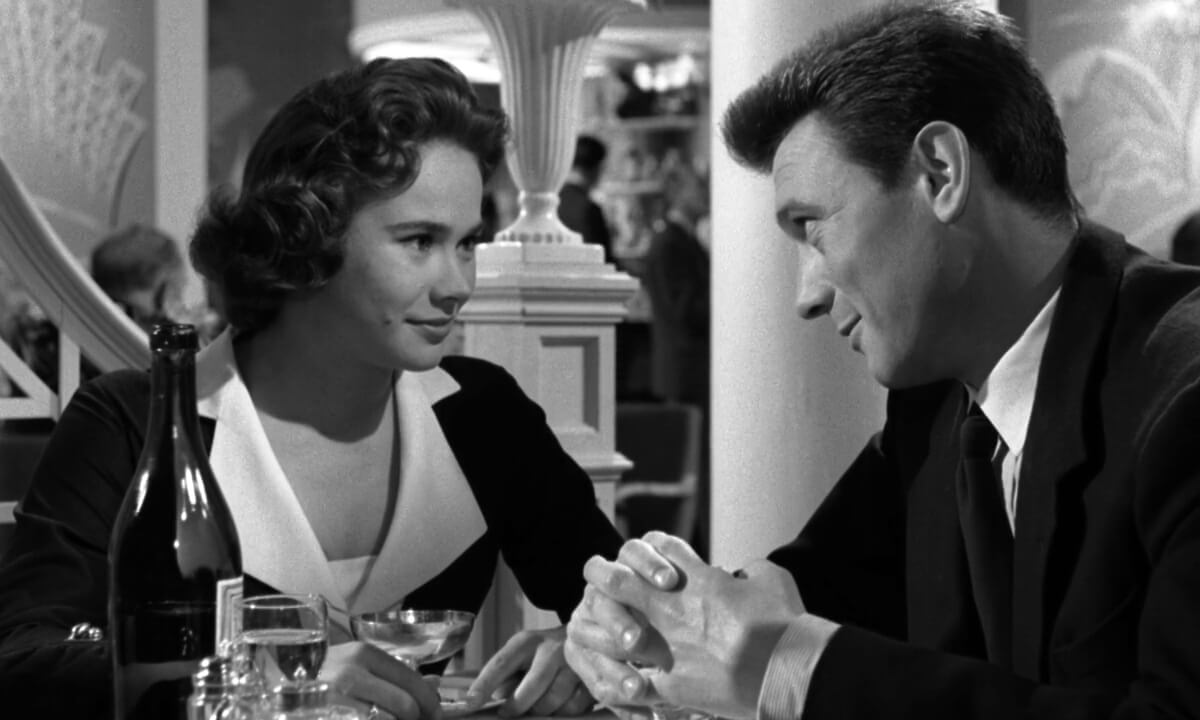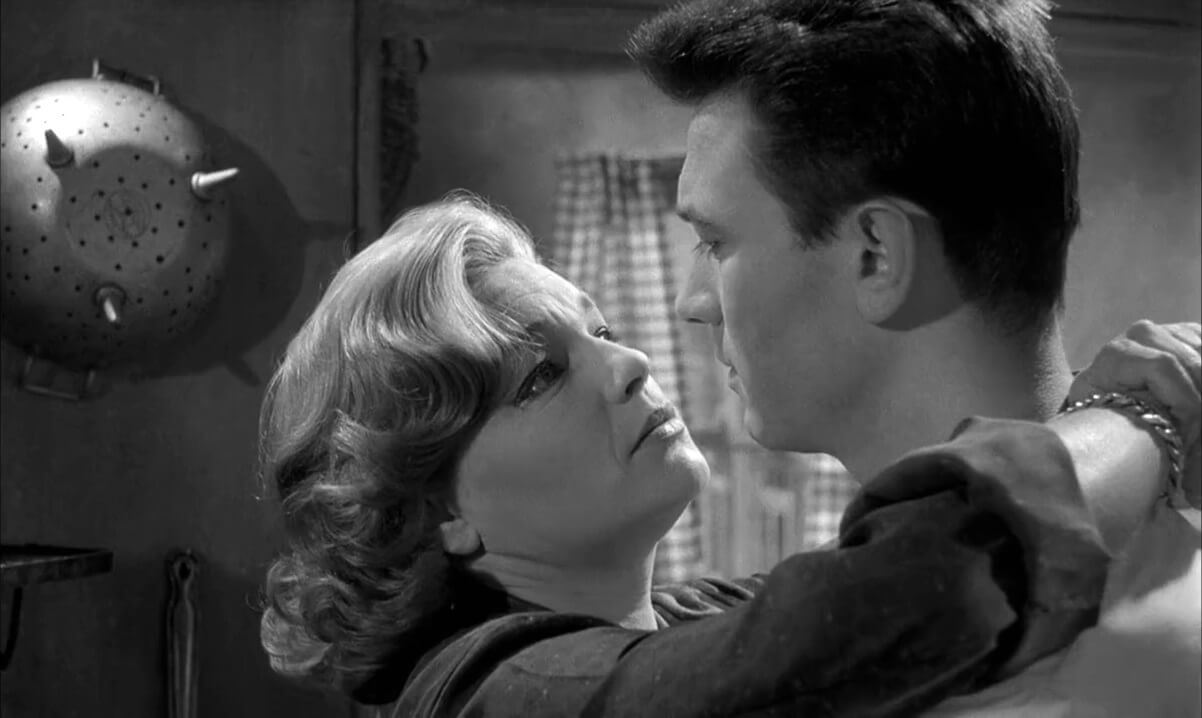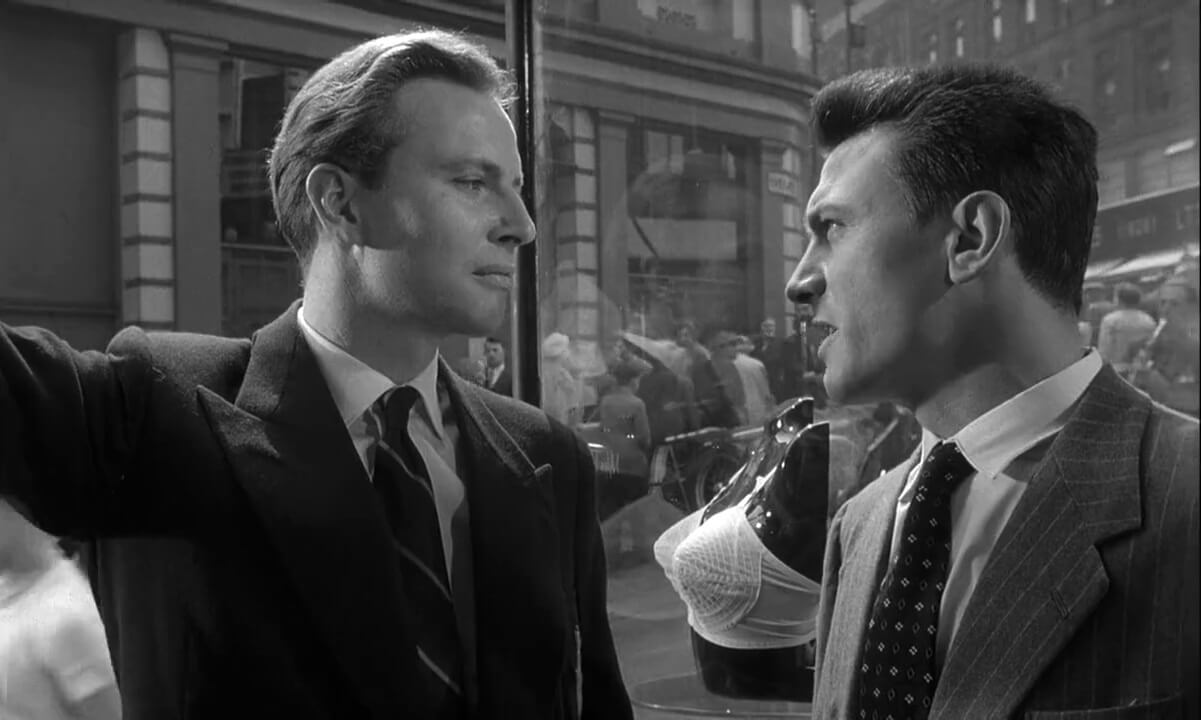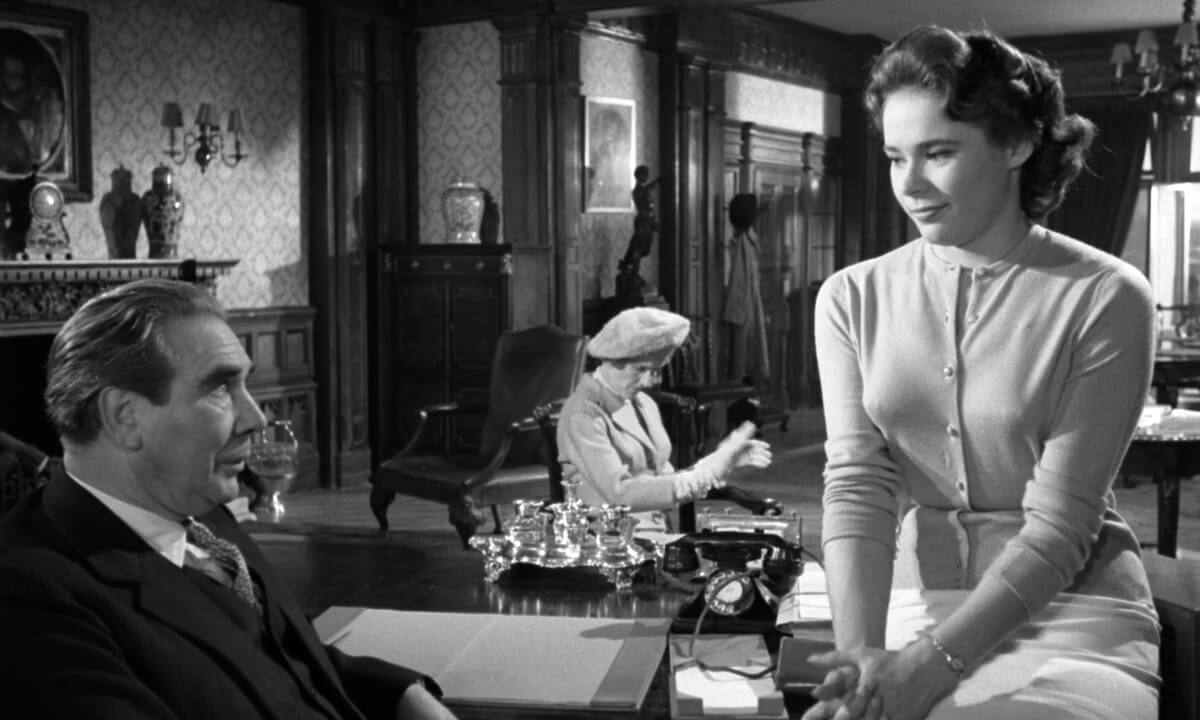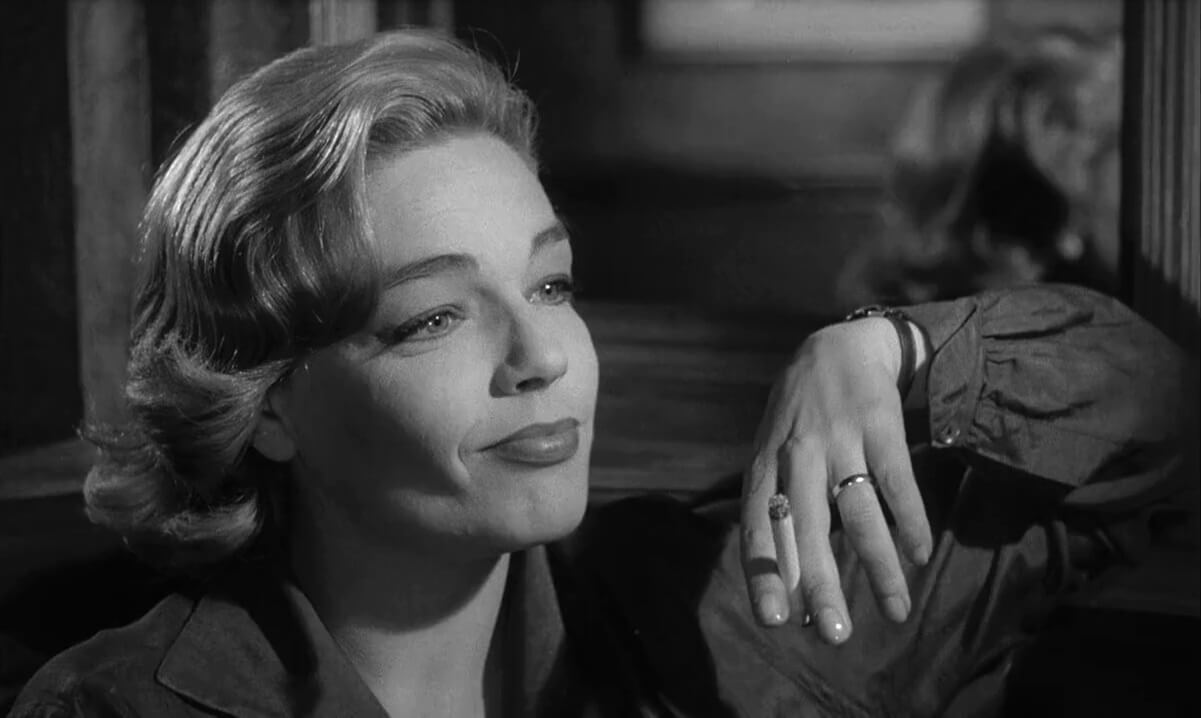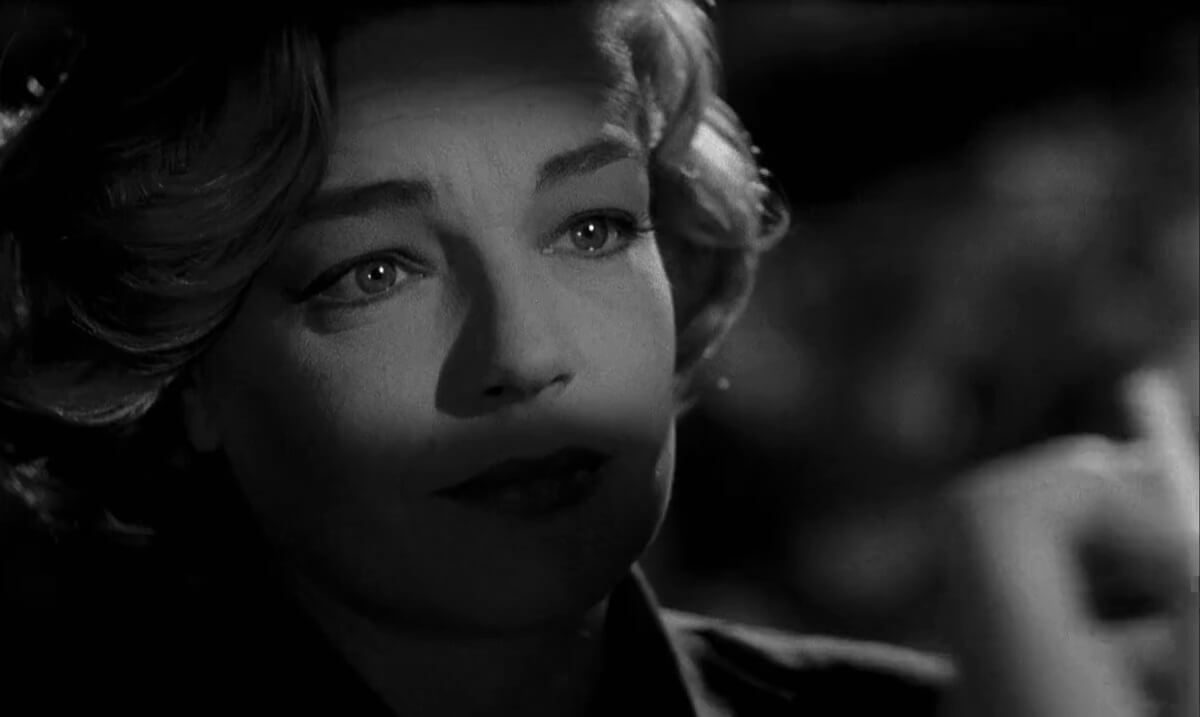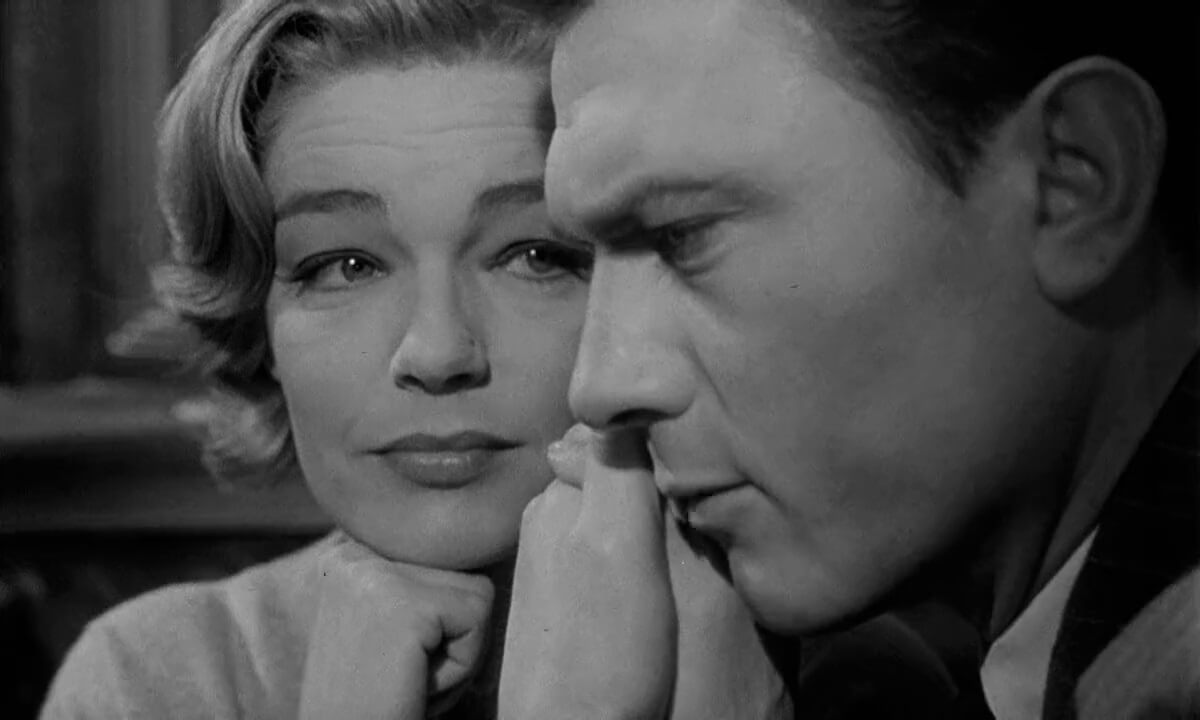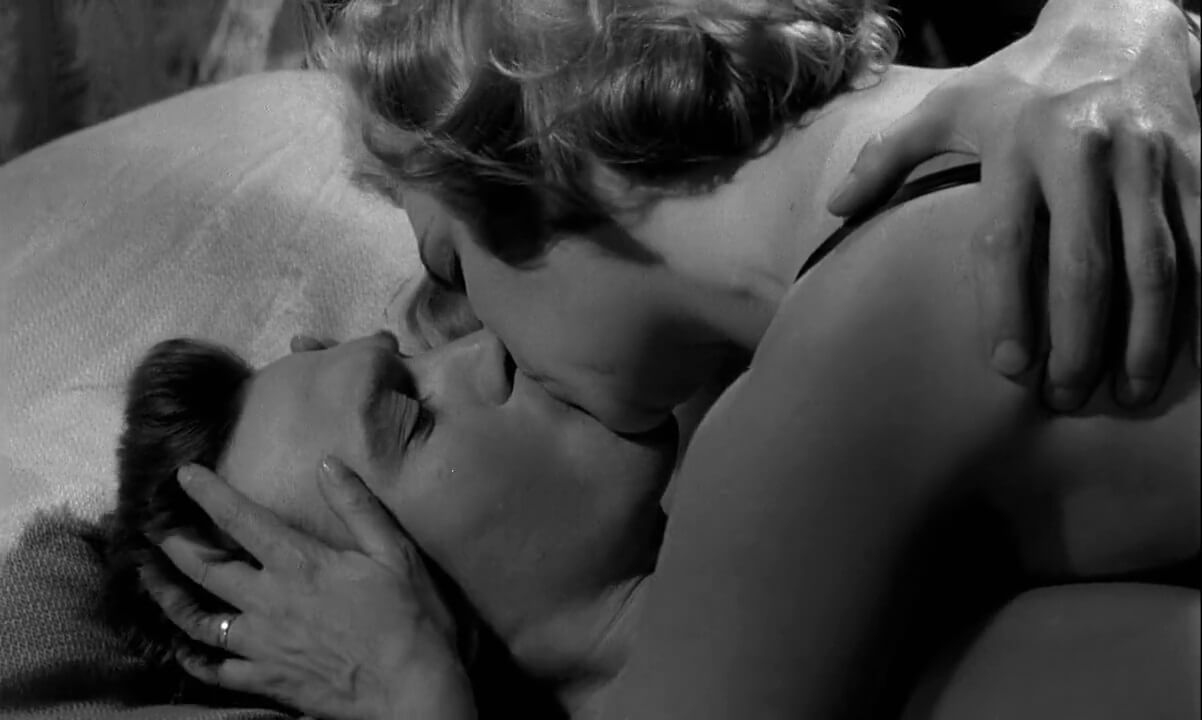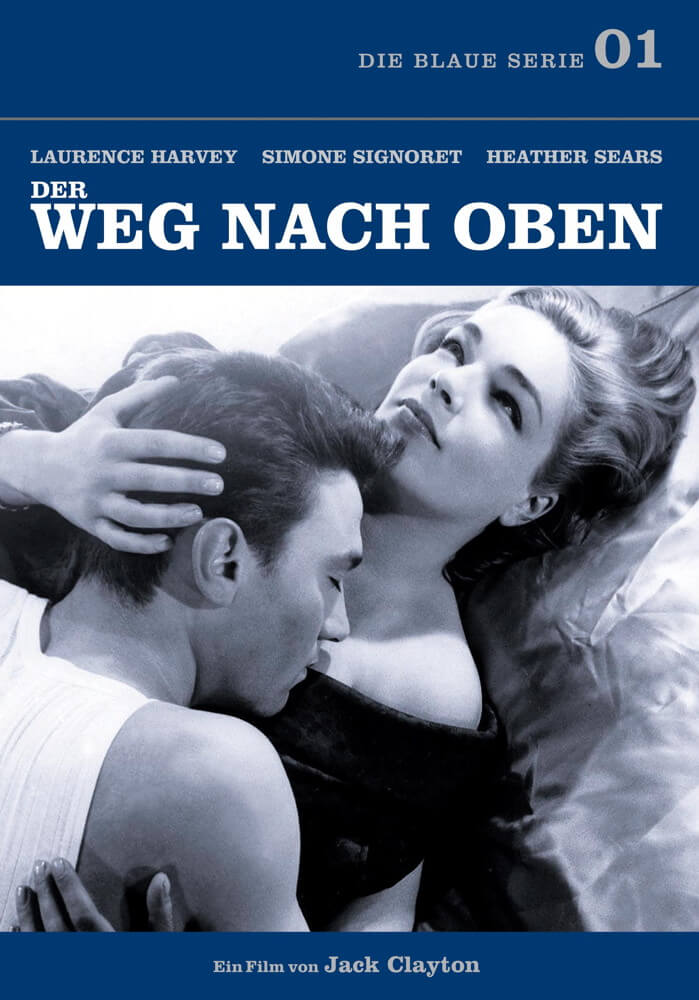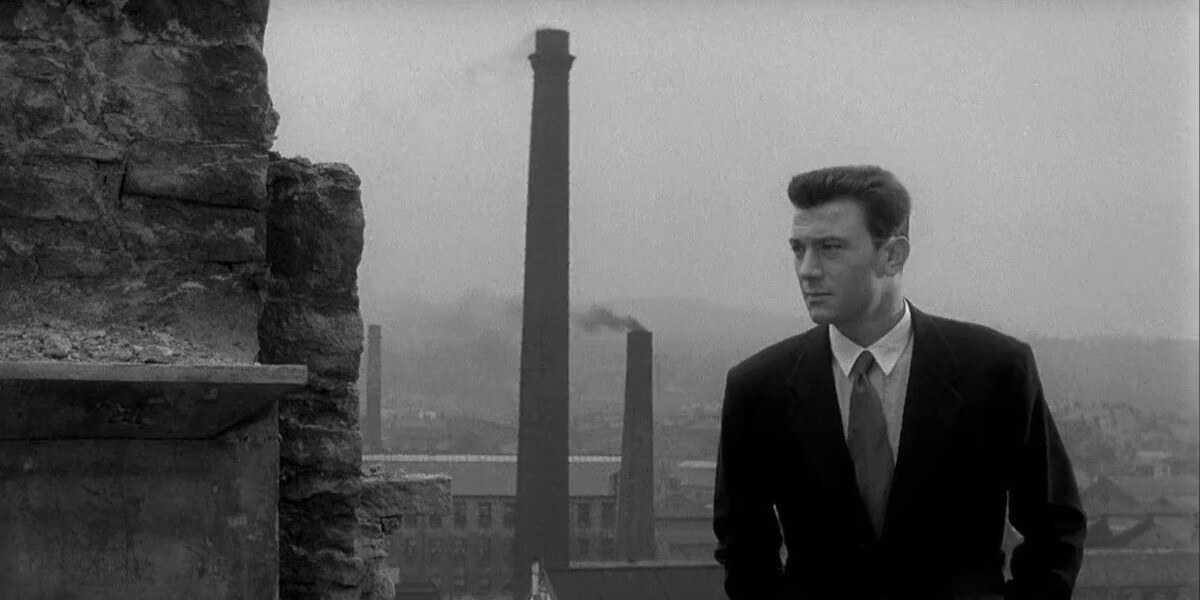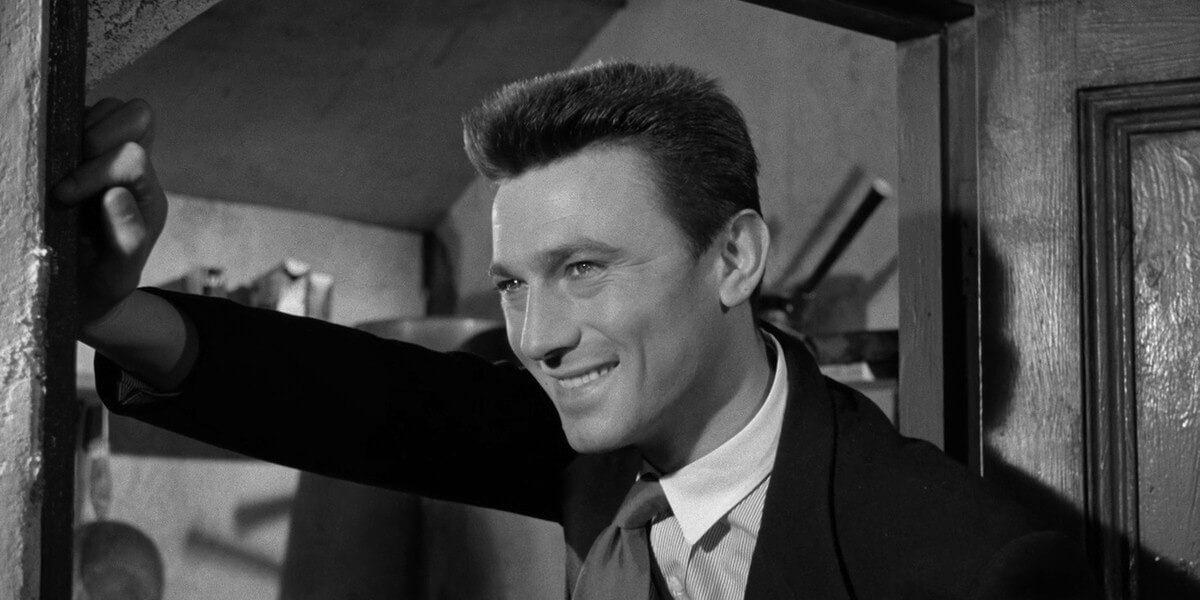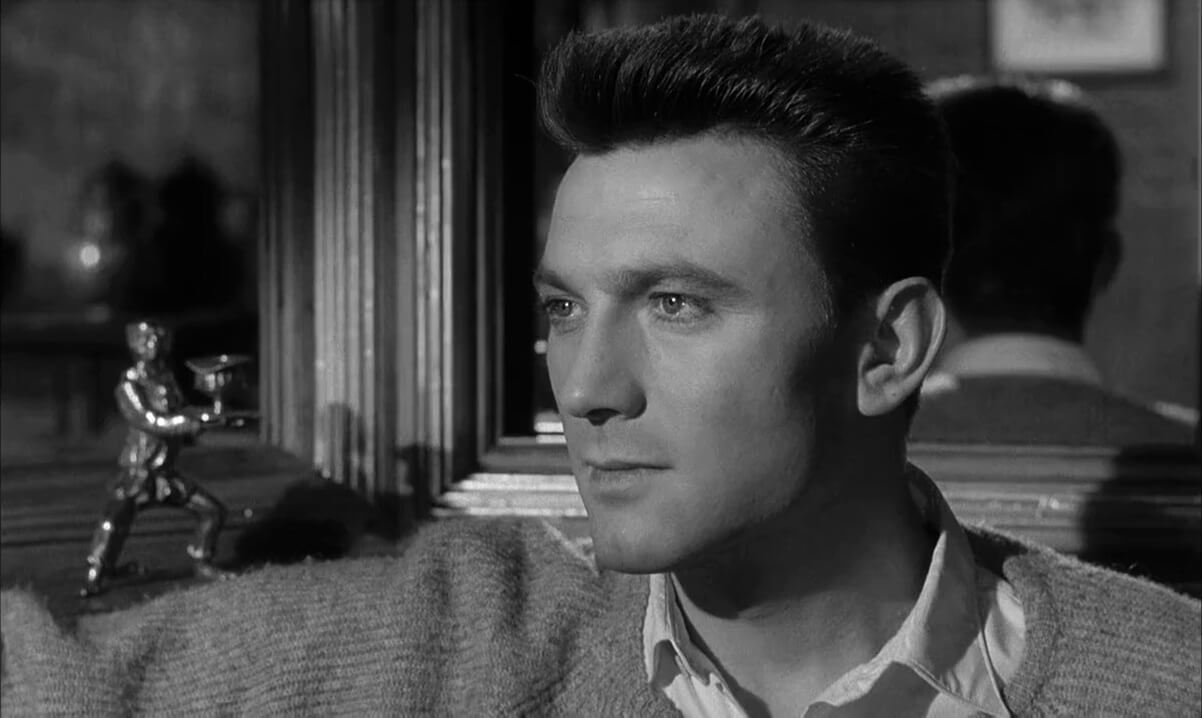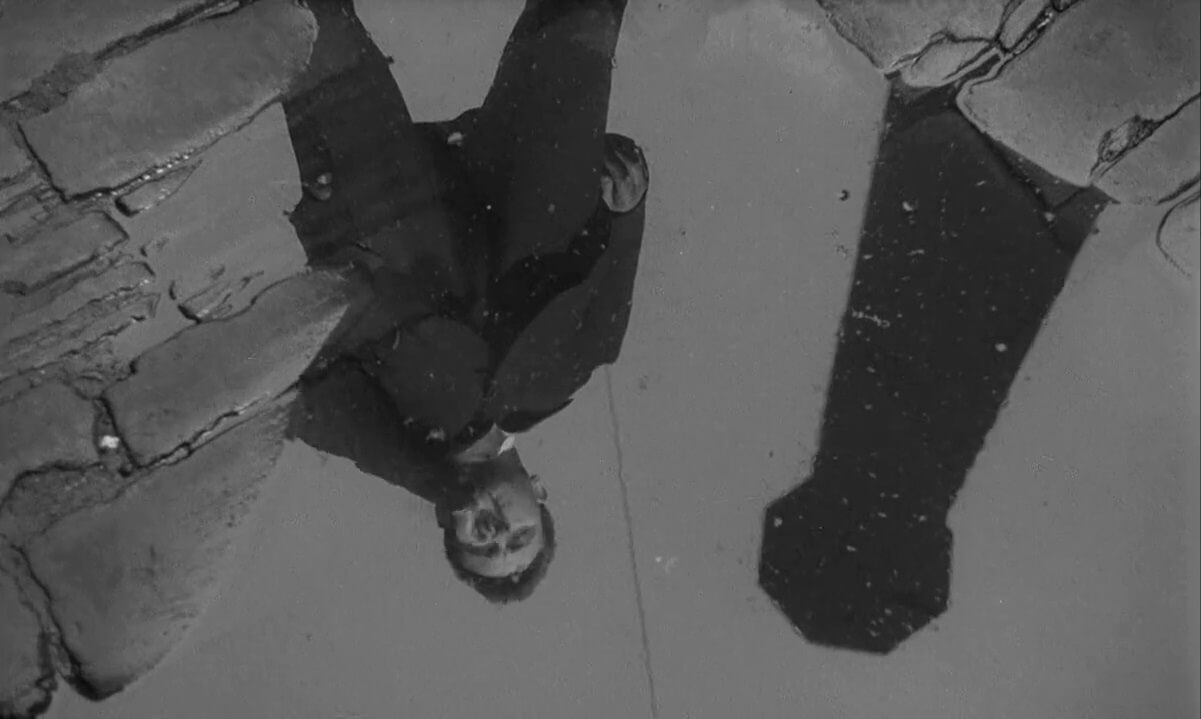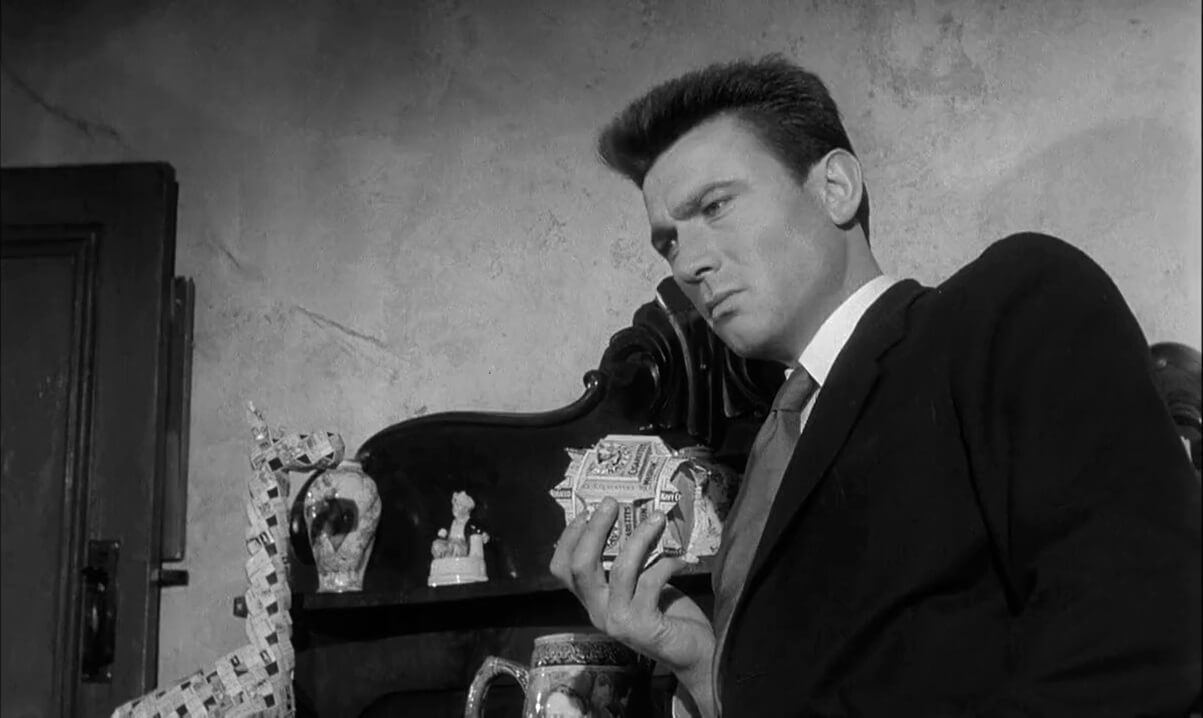Original title: Room at the Top
Director: Jack Clayton
Screenplay: Neil Paterson
Novel: John Braine
Actors & actresses: Simone Signoret, Laurence Harvey, Heather Sears, Donald Wolfit, Donald Houston, Hermione Baddeley, Allan Cuthbertson, Raymond Huntley, John Westbrook, Ambrosine Phillpotts, Richard Pasco, Beatrice Varley, Delena Kidd, Ian Hendry, April Olrich, Mary Peach, Anthony Newlands, Avril Elgar, Thelma Ruby, Paul Whitsun-Jones, Derren Nesbitt, Michael Atkinson, Hyma Beckley, Derek Benfield, Allan Bracewell, Bonita Bridgeman, Yvonne Buckingham, Honora Burke, Richard Caldicot, Isla Cameron, Wendy Craig, Angela Culbert, Doreen Dawn, Basil Dignam, Jane Eccles, Anthony Elgar, Gilda Emmanuelli, Janina Faye, Kathleen Fox, Everley Gregg, Anne Gunning, May Hallatt, Jack Hedley, Andrew Irvine, Stephen Jack, Miriam Karlin, Ruth Kettlewell, Pat Lanski, Wilfrid Lawson, Joan Leake, Linda Leo, Anne Leon, Denis Linford, Eric Louro, Pamela Manson, Harry Moore, Bill Morgan, John Moulder-Brown, Kendrick Owen, Katharine Page, Edward Palmer, Robert Palmer, Mandy Priestley, Sheila Raynor, Prunella Scales, Julian Somers, Hazel Sutton, Sandra Thompson, Kenneth Waller, John Welsh, Brian Worth
Producer: Raymond Anzarut, James Woolf, John Woolf
Cinematography: Freddie Francis
Camera and Electrical Department: Derek V. Browne, Maurice Gillett, Ray Jones, Ronnie Taylor
Sound: John Cox, Peter Handford, Stan Hawkes, Alastair McIntyre, Ken Ritchie
Cutting: Ralph Kemplen
Visual Effects: Bob Cuff
Makeup: Tony Sforzini
Costumes: Raemonde Rahvis
Music: Mario Nascimbene
Production companies: Romulus Films (as Romulus), Remus (as A Remus Production)
Year of production: 1959
Genres: Drama, Romance
Country: Großbritannien
Language: English
Dubbing: German
Length: 113 Min
Rating: FSK 12
Aspect ratio: 1.66 : 1
Sound: Mono (Westrex Recording System)
Colour: Schwarz-Weiss
Resolution: HD


